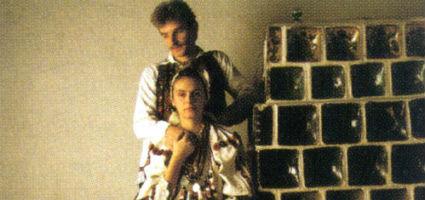2025. July 19. Saturday
Janus Pannonius Museum - Ethnography Museum - Pécs
 |
Address: 7621, Pécs Rákóczi utca 15.
Phone number: (72) 315-629
E-mail: jpm@jpm.hu
Opening hours: Tue-Sun 10-18
|
In the 18th and 19'h centuries the peasants and craftspeople of Baranya created their own unique tools and vessels. Their popular art reflects the wonderful talent of different groups of several tongues and religions. Baranya County is home to several minorities: ten ethnographic groups of Hungarians; Germans; Croatians; Serbs and Gypsies.
Among the exhibited objects are shepherds' wood carvings, pieces of furniture, embroidery, folk costumes, pottery, crockery, and relics of religious folk traditions (The Buso Festival in Mohács, the Girls' Fair in Pécsvárad), and photographs of the sites.
Among the exhibited objects are shepherds' wood carvings, pieces of furniture, embroidery, folk costumes, pottery, crockery, and relics of religious folk traditions (The Buso Festival in Mohács, the Girls' Fair in Pécsvárad), and photographs of the sites.